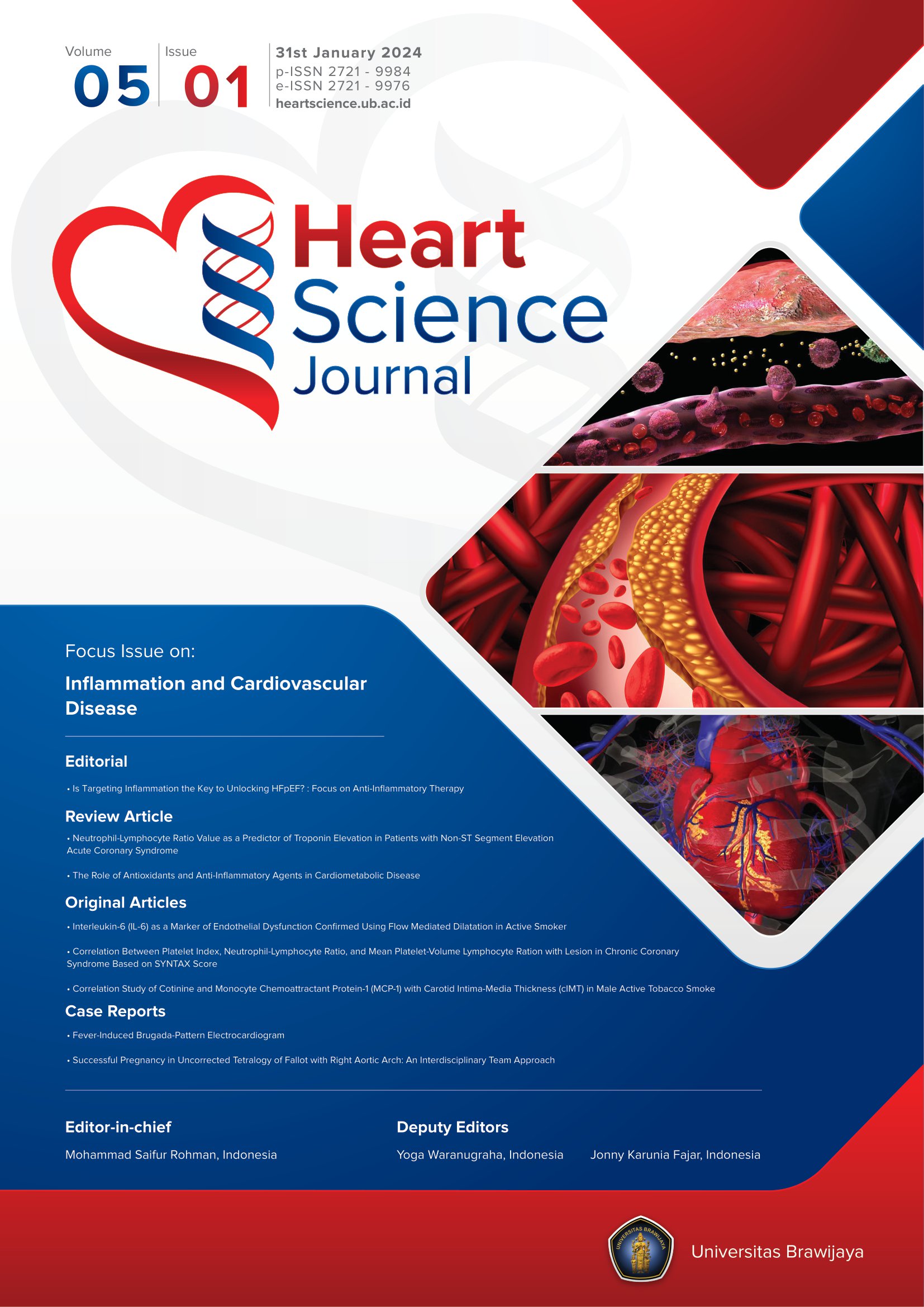Multimodality Imaging Evaluation in Coronary Artery Disease
Abstract
Non-invasive imaging modalities are fundamental in evaluating and managing patients with known or suspected coronary artery disease (CAD). Multimodality cardiac imaging procedures detect the presence of CAD and guide clinical decision-making. Combining anatomical and functional imaging modalities would enable a more thorough characterization of obstructive CAD. When selecting an imaging test, one must consider the many factors that interact in the development of chronic CAD and acute coronary syndrome (ACS). The clinical presentation, baseline characteristics of the patient, as well as the clinical center's local availability and expertise will determine the preferred imaging technique to confirm the diagnosis of ACS or chronic CAD. Diagnostic testing is most useful and recommended in patients with chronic coronary syndromes (CCS) when the likelihood is intermediate. The preferred options are coronary computed tomography angiography (CTA) or stress tests, but patients may be referred directly for invasive coronary angiography (ICA) if the likelihood of CAD is very high. The primary goal of the initial diagnostic evaluation in patients with suspected ACS is to confirm ACS and rule out the other most common life-threatening conditions, such as acute pulmonary embolism (PE) or acute aortic syndromes (AAS). Non-invasive imaging is essential in the differential diagnosis of ACS and frequently necessitates multimodality imaging. Cardiac magnetic resonance (CMR) is the most helpful imaging test in diagnosing myocardial infarction with non-obstructed coronary arteries (MINOCAs), and it can detect or rule out other cardiac causes of troponin rise.
Keywords
Full Text:
PDFReferences
Beck KS, Kim JA, Choe YH, Hian SK, Hoe J, Hong YJ, et al. 2017 Multimodality appropriate use criteria for noninvasive cardiac imaging: Expert consensus of the Asian society of cardiovascular imaging. Korean J Radiol. 2017;18(6):871–80.
Greulich S, Sechtem U. Multimodality imaging in coronary artery disease - “The more the better?” Cor et Vasa. 2015;57(6):e462–9.
Knuuti J, Wijns W, Saraste A, Capodanno D, Barbato E, Funck-Brentano C et. al. 2019 ESC Guidelines for the diagnosis and management of chronic coronary syndromes: the Task Force for the diagnosis and management of chronic coronary syndromes of the European Society of Cardiology (ESC). Eur Heart J. 2020;41:407–477.
Collet J-P, Thiele H, Barbato E, Barthe ́le ́my O, Bauersachs J, Bhatt DL et al.; ESC Scientific Document Group. 2020 ESC Guidelines for the management of acute coronary syndromes in patients presenting without persistent ST-segment elevation. Eur Heart J 2021;42:1289–367.
Edvardsen T, Asch FM, Davidson B, Delgado V, DeMaria A, Dilsizian V et. al. Non-invasive imaging in coronary syndromes: recommendations of the European Association of Cardiovascular Imaging and the American Society of Echocardiography, in collaboration with the American Society of Nuclear Cardiology, Society of Cardiovascular Computed Tomography, and Society for Cardiovascular Magnetic Resonance. European Heart Journal - Cardiovascular Imaging 2022;23:e6–e33.
D. Clarke J-R, I. Lancaster G. Application of Bayesian Principles to the Evaluation of Coronary Artery Disease in the Modern Era. Differ Diagnosis Chest Pain. 2020;
Wolk MJ, Bailey SR, Doherty JU, Douglas PS, Hendel RC, Kramer CM et. al. American College of Cardiology Foundation Appropriate Use Criteria Task Force. ACCF/AHA/ASE/ASNC/HFSA/HRS/SCAI/SCCT/SCMR/STS 2013 multimodality appropriate use criteria for the detection and risk assessment of stable ischemic heart disease: a report of the American College of Cardiology Foundation Appropriate Use Criteria Task Force, American Heart Association, American Society of Echocardiography, American Society of Nuclear Cardiology, Heart Failure Society of America, Heart Rhythm Society, Society for Cardiovascular Angiography and Interventions, Society of Cardiovascular Computed Tomography, Society for Cardiovascular Magnetic Resonance, and Society of Thoracic Surgeons. J Am Coll Cardiol 2014;63:380–406.
Nasir K, Budoff MJ, Wong ND, Scheuner M, Herrington D, Arnett DK, et al. Family history of premature coronary heart disease and coronary artery calcification: Multi-Ethnic Study of Atherosclerosis (MESA). Circulation. 2007;116(6):619–26.
Hundley WG, Bluemke DA, Finn JP, Flamm SD, Fogel MA, Friedrich MG, et al. ACCF/ACR/AHA/NASCI/SCMR 2010 Expert consensus document on cardiovascular magnetic resonance: A report of the American college of cardiology foundation task force on expert consensus documents. Circulation. 2010;121(22):2462–508.
DOI: https://doi.org/10.21776/ub.hsj.2022.003.01.1
Refbacks
- There are currently no refbacks.
Copyright (c) 2022 Anna Fuji Rahimah

This work is licensed under a Creative Commons Attribution 4.0 International License.









